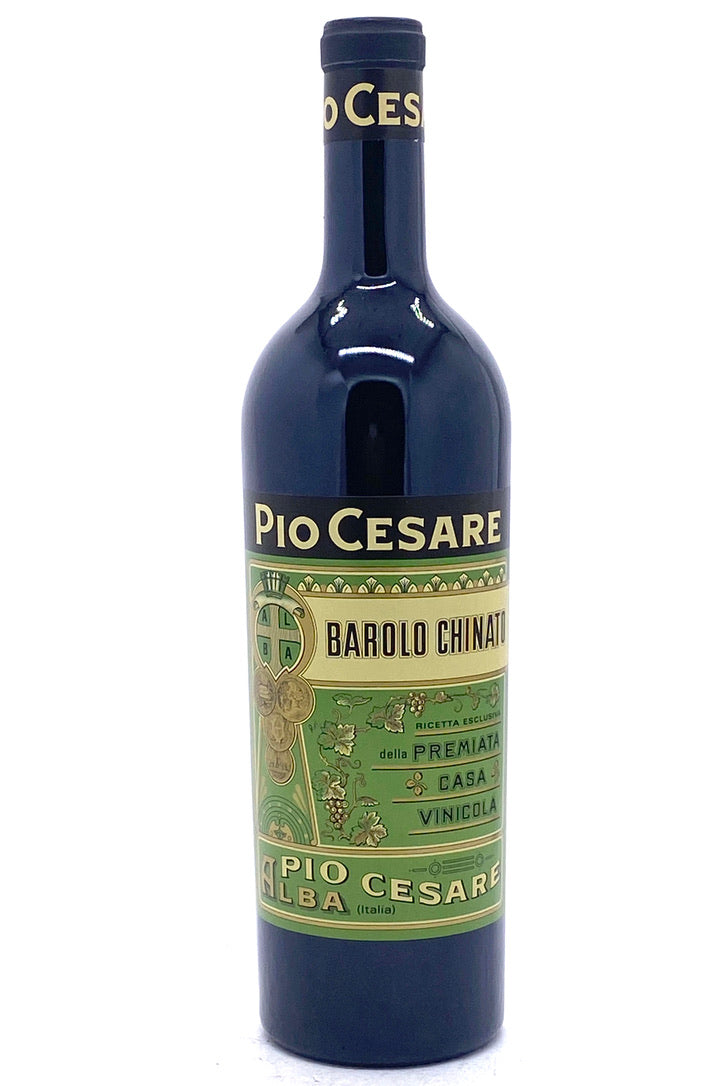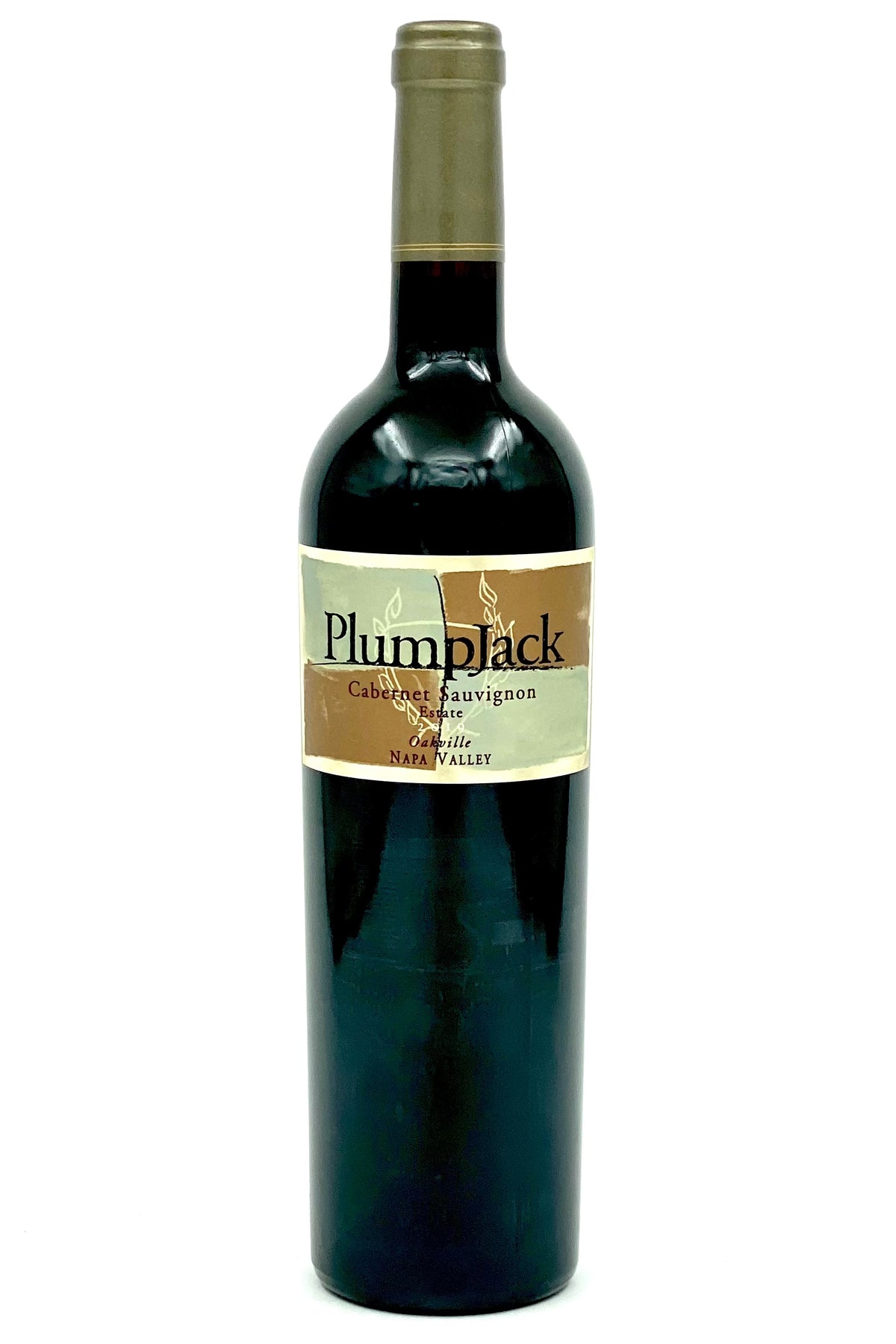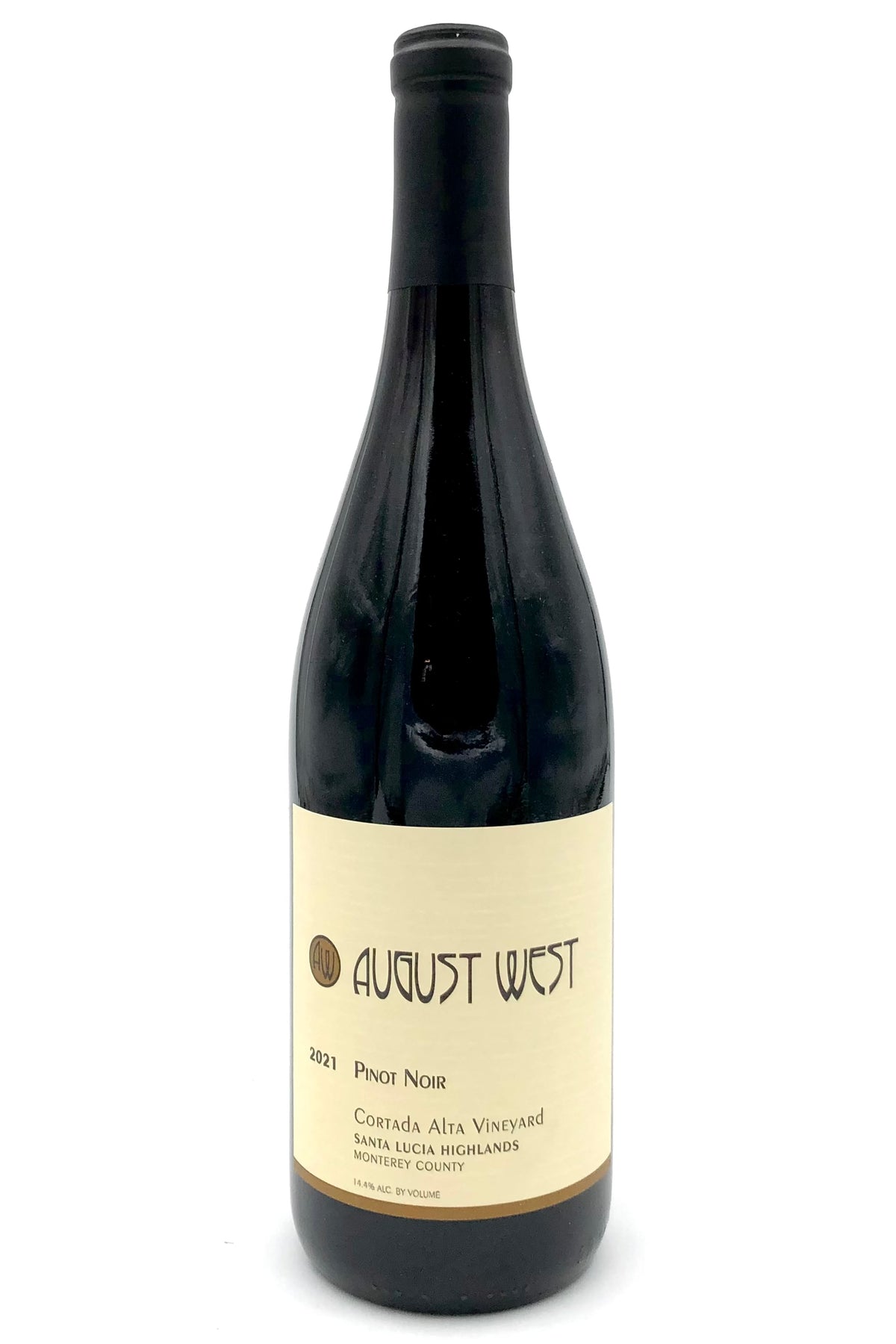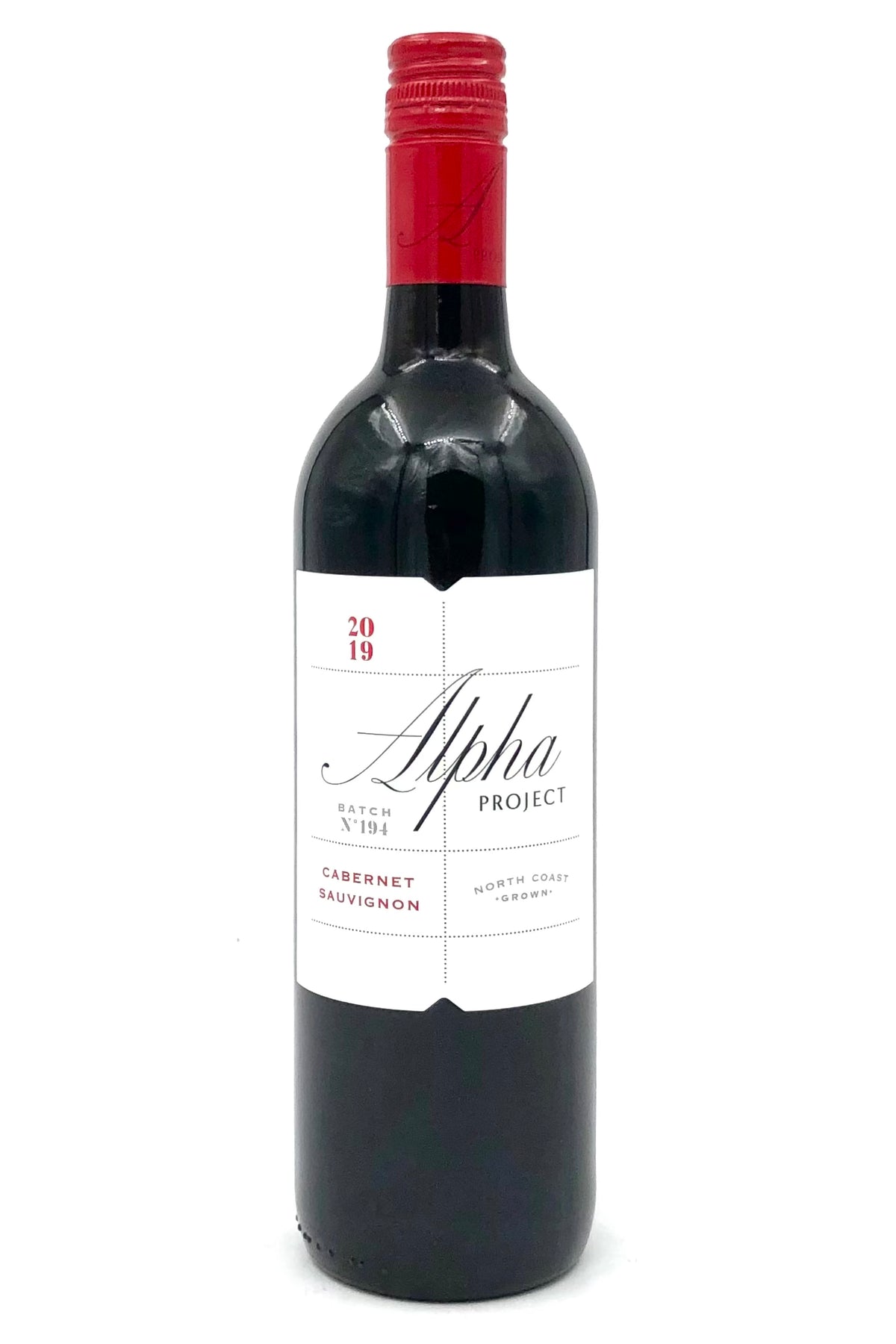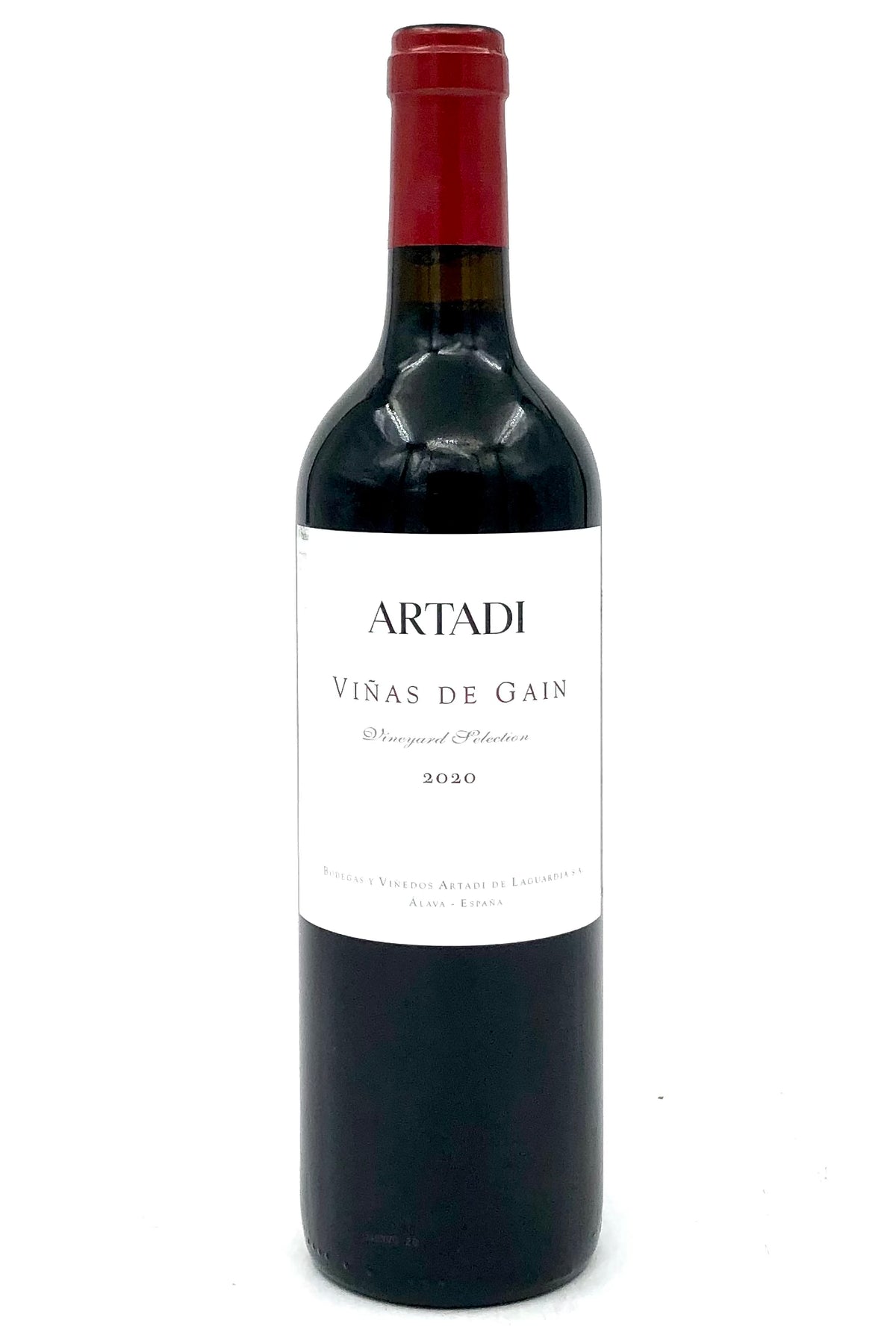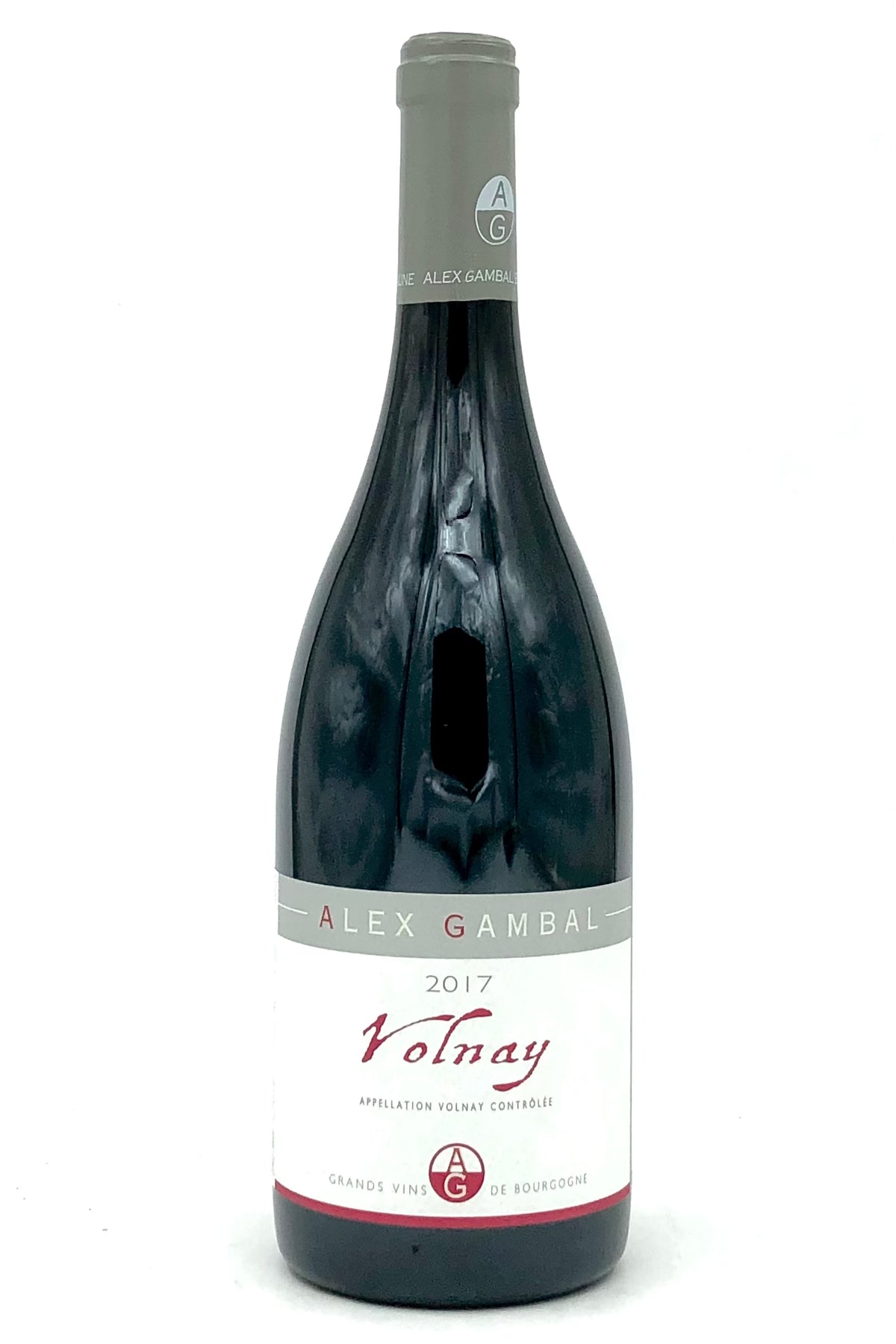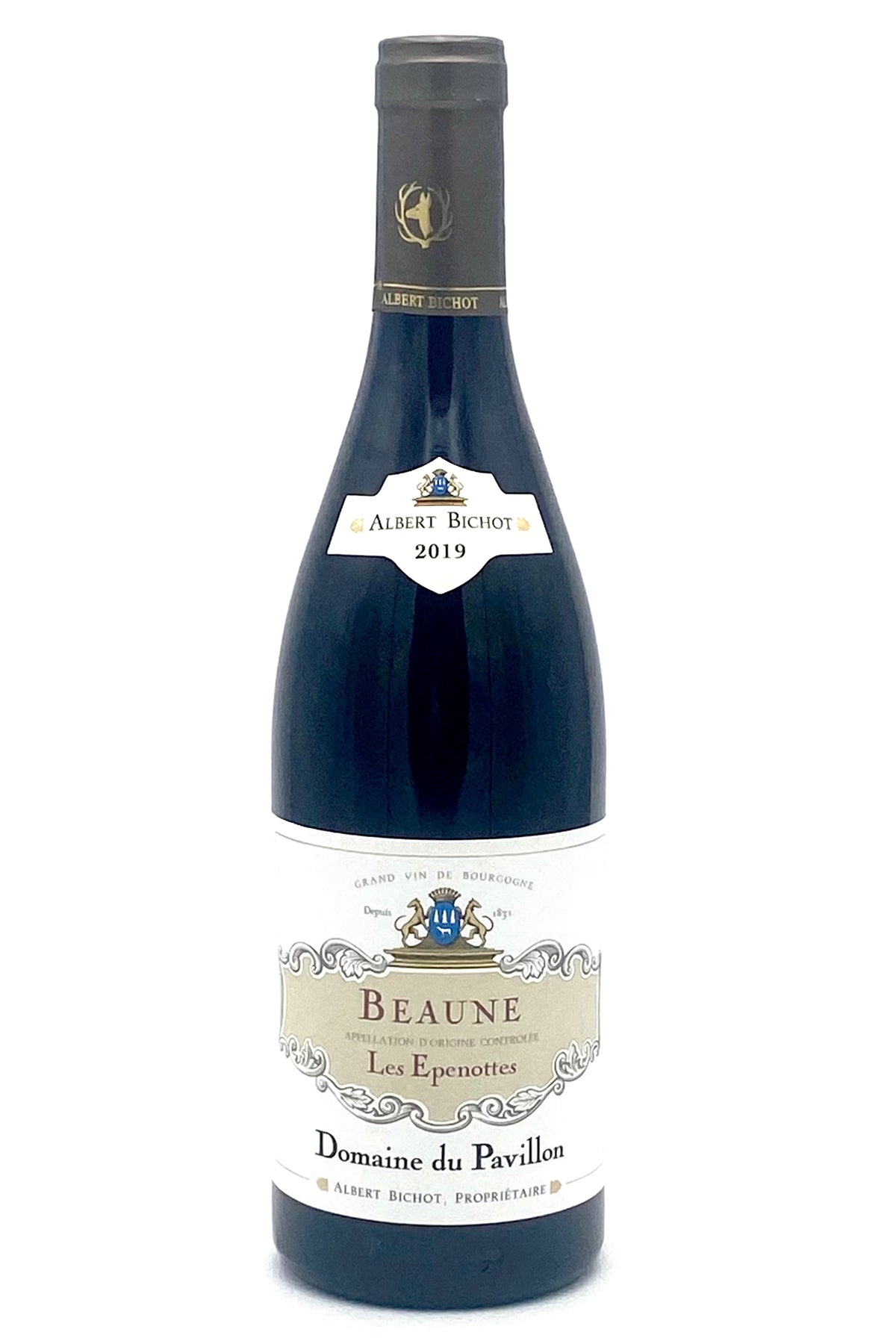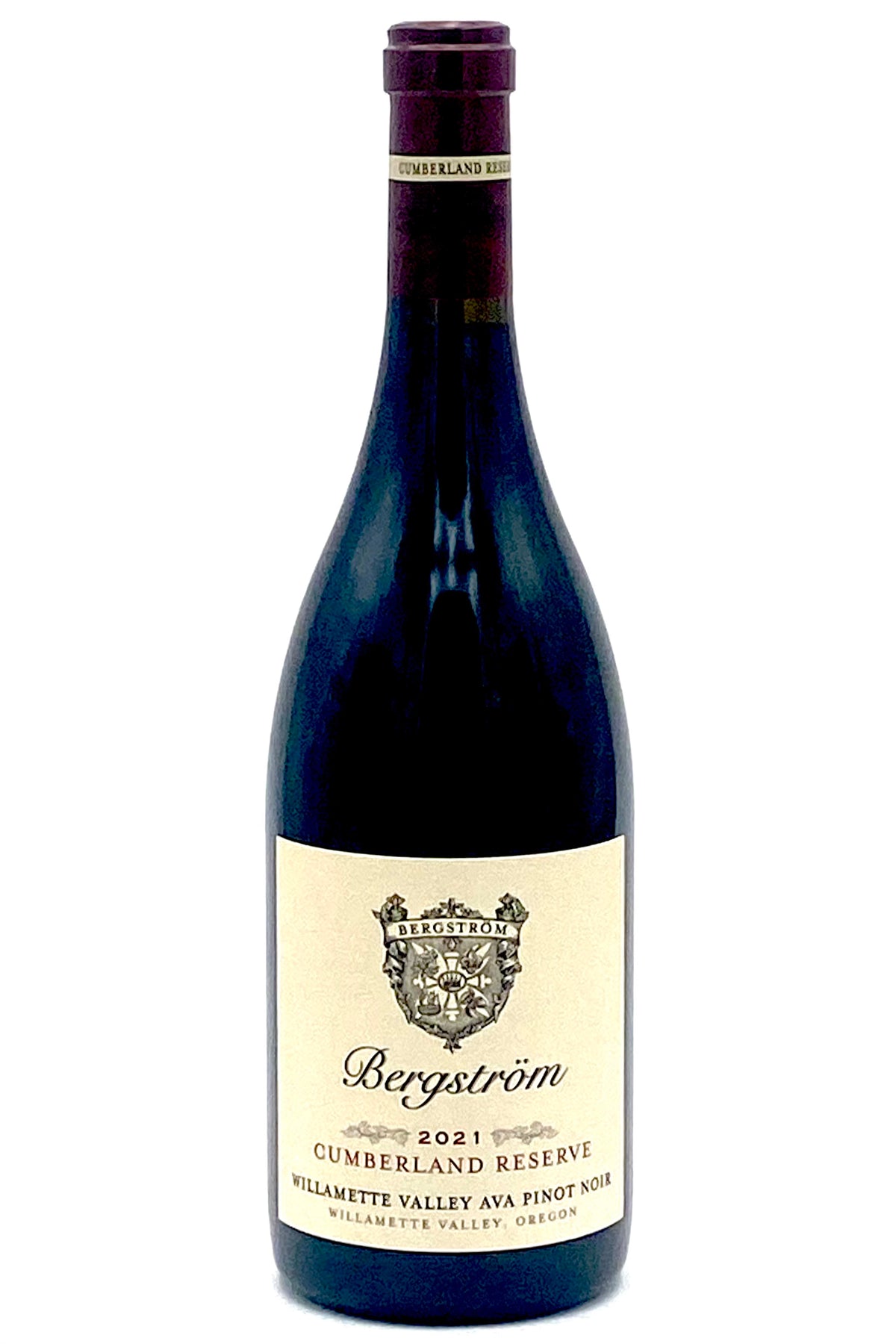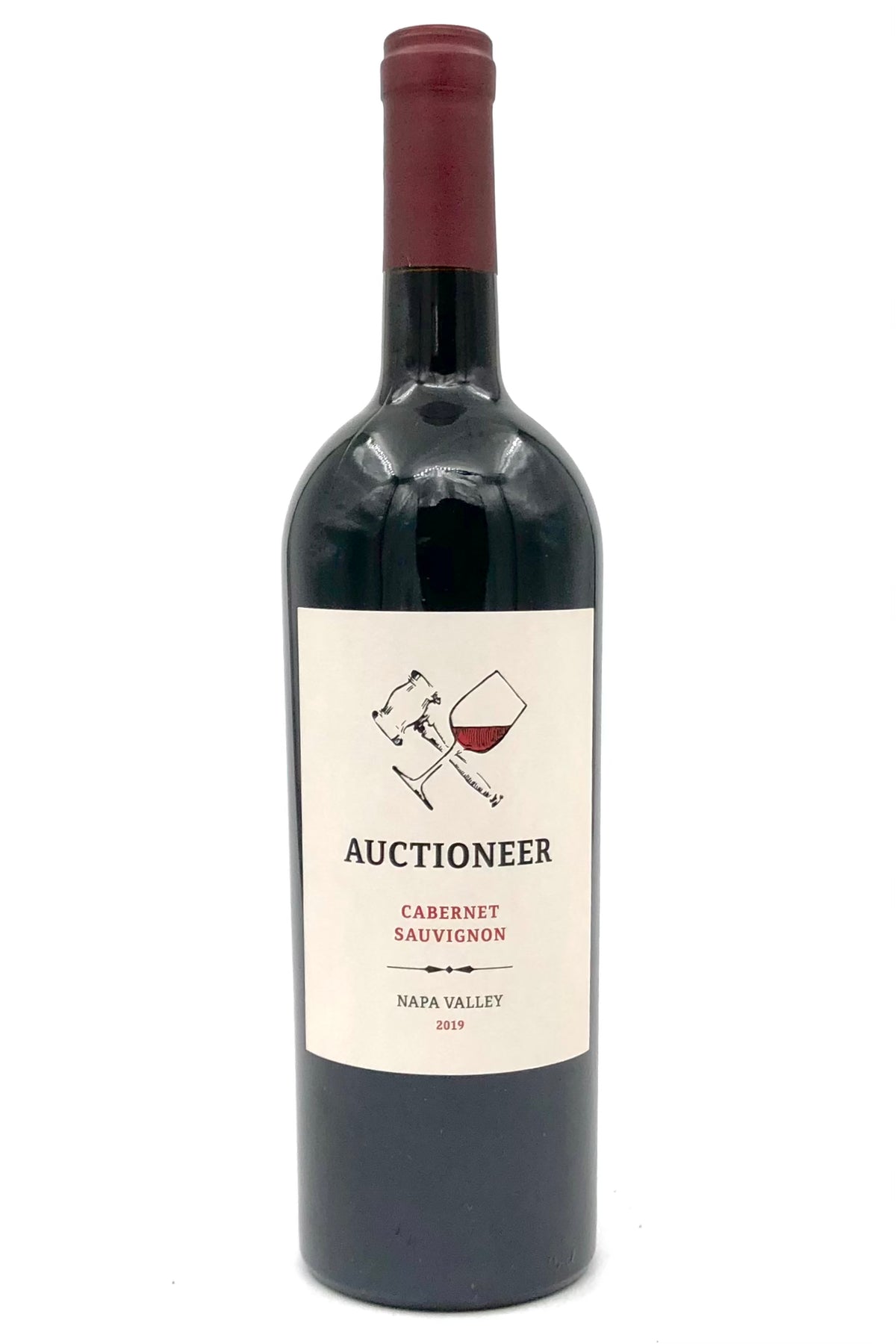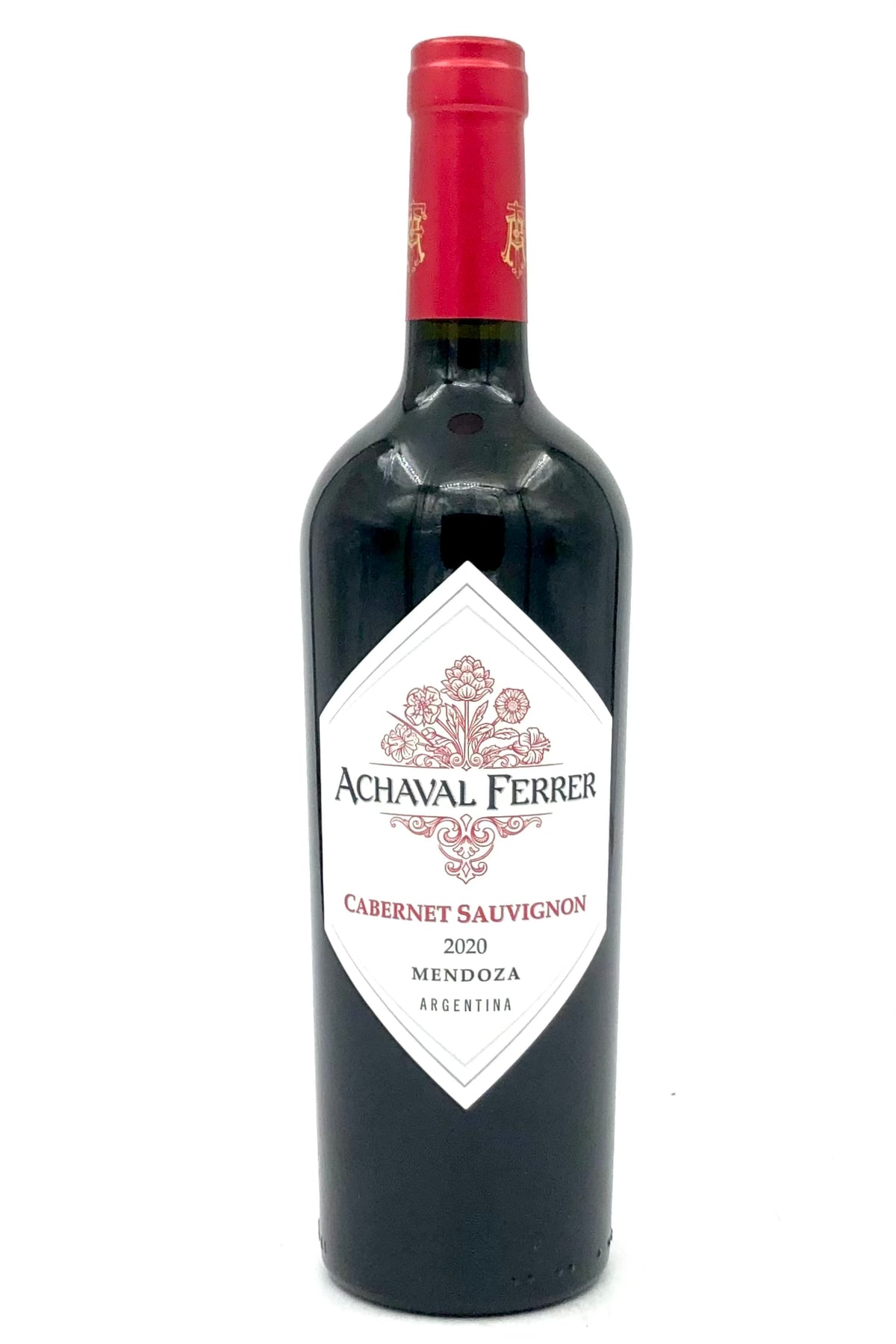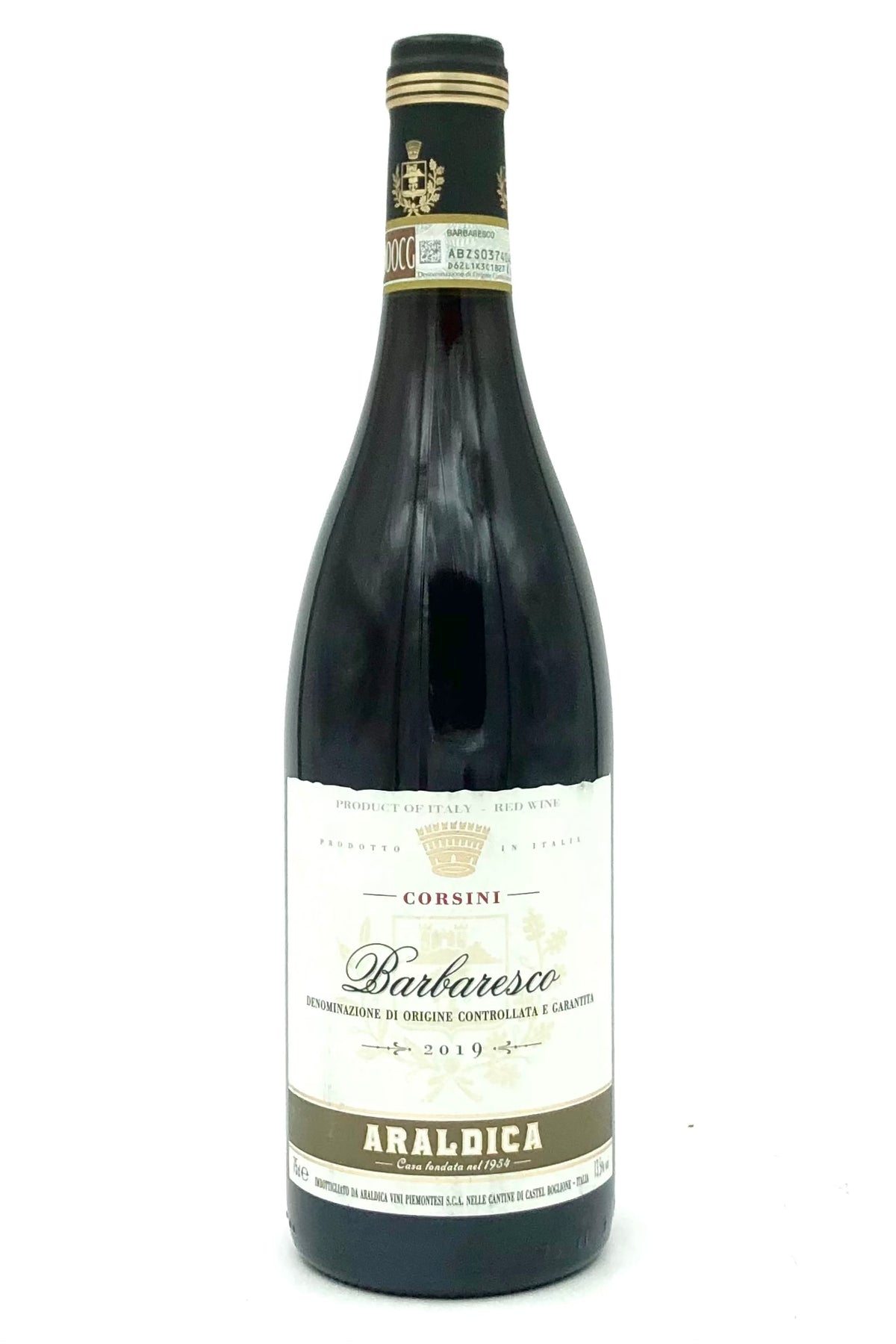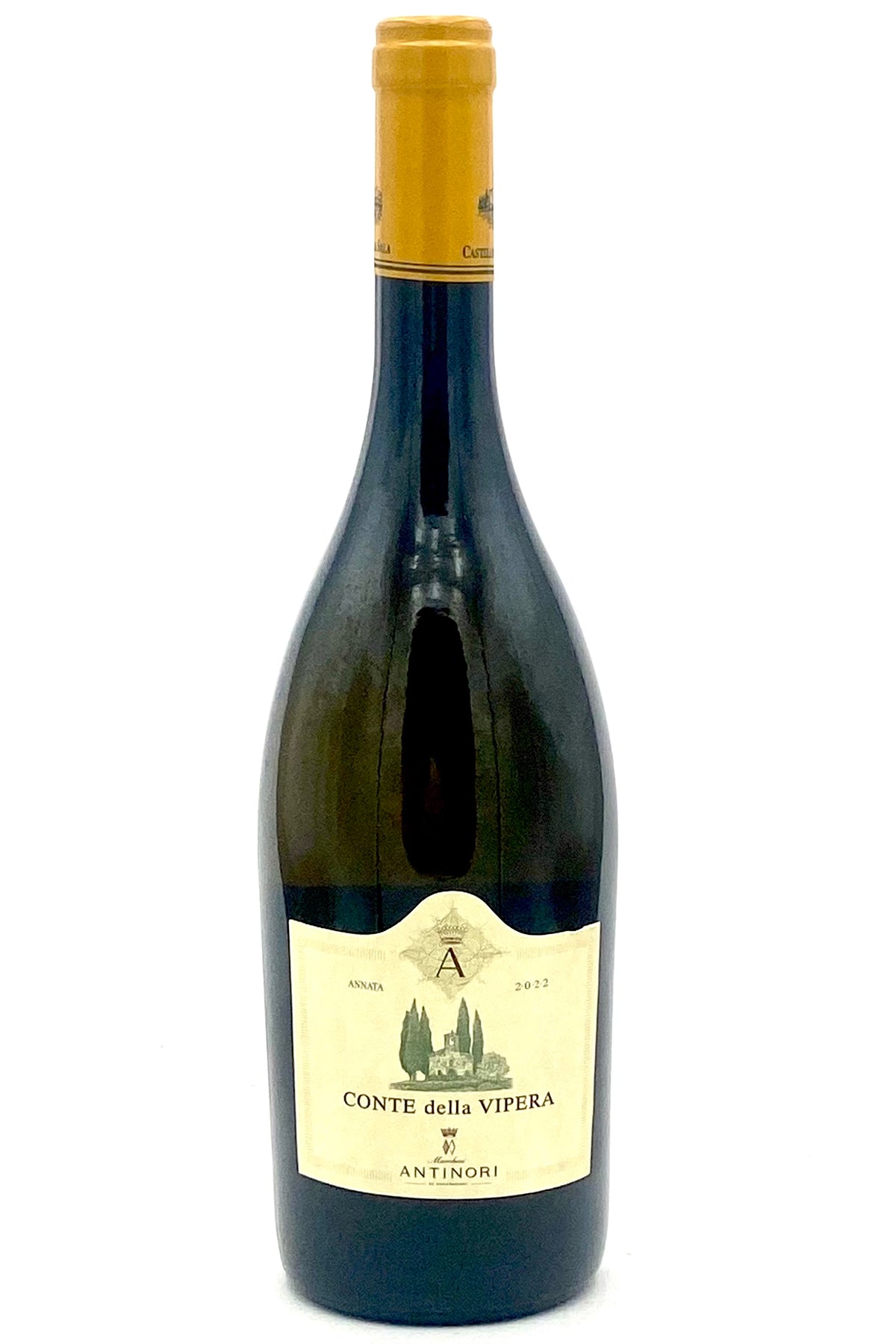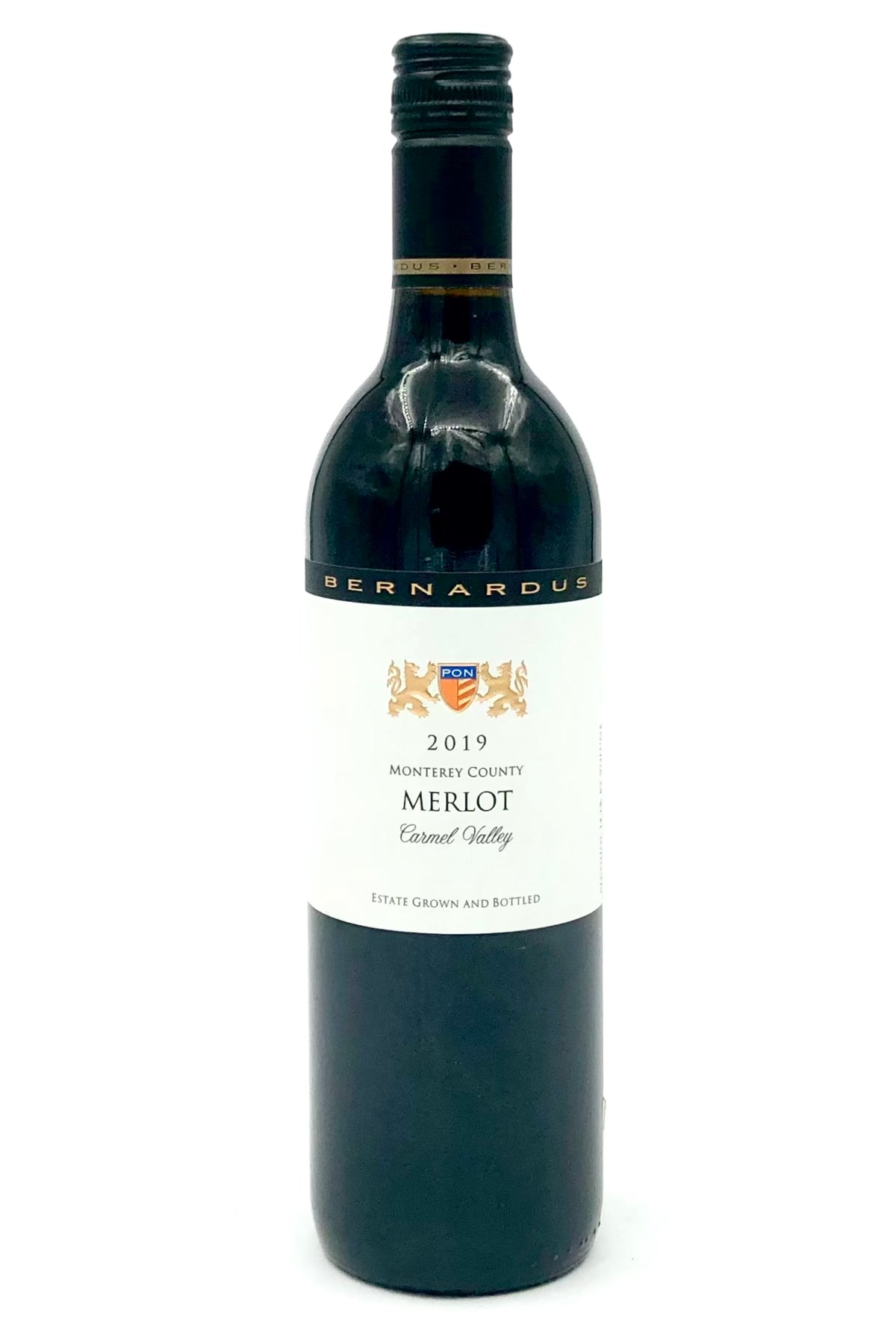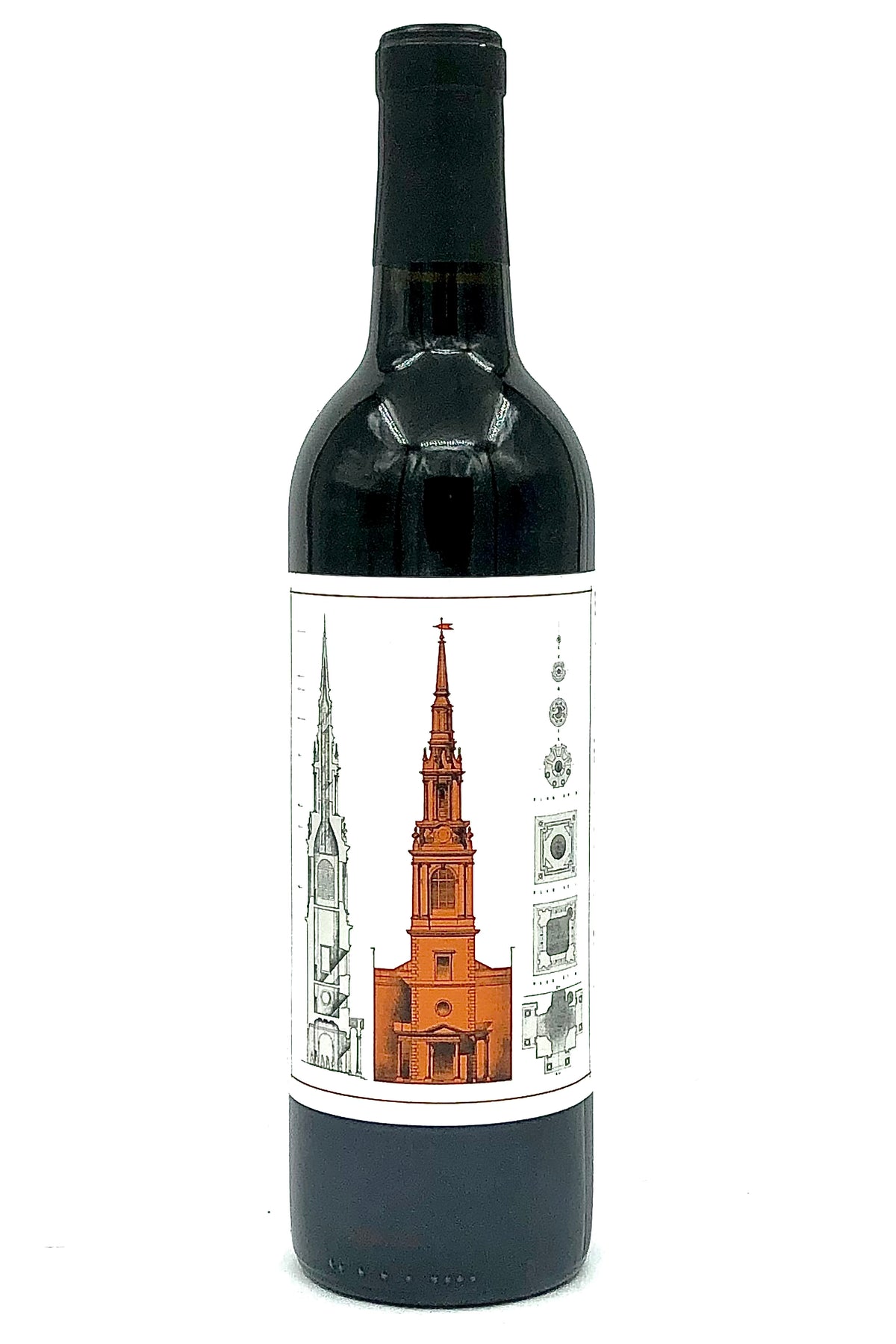Pio Cesare Barolo Chinato Southern
$ 92,00 $ 46,00
16% ABV, 750 ml
Robert Parker 91 Points: “The base of the NV Barolo Chinato is Barolo wine from the 2012 vintage. Following local tradition (and using a secret recipe passed down five or six generations at the Pio Cesare winery), the wine is infused with cloves, vanilla, nutmeg, cinnamon and sugar. These family recipes are always left incomplete because local custom dictates that each family must keep a few ingredients secret. This is the perfect after-dinner drink with the alcohol and the medicinal flavors to wash the palate clean after a long meal. Barolo Chinato is said to kick-start the digestive process after dinner, although I’m not sure there is any science behind that claim. No matter: It tastes greats and makes for a refreshing conclusion to any evening.
You have to love the energy and dynamic thinking that comes out of this historic cellar located in the city center of Alba. Pio Cesare reflects the happy mood and the general euphoria coming out of Barolo and Barbaresco these past few years. The good spirits are linked to the ever-growing popularity of the region’s excellent wines, winery owner Pio Boffa tells me with his daughter Federica (now working at the winery) and his nephew Cesare Benvenuto by his side. A wide smile spreads across his face. The Langhe is experiencing positive growth and this leads to creative thinking. For example, Pio Cesare has cleverly launched two new products born deep in the bowels of ancient tradition. They have launched a Vermouth and a Barolo Chinato, both based on grandma’s secret recipe found stashed away for decades in a locked safe. These are two products that once enjoyed vibrant popularity here locally in the territory, but that have since faded from memory. Now, thanks to the global boom in mixed cocktails and spirits, the return of these products is appropriate and perfectly timed. I have reviewed both here, for fun. Besides the Vermouth and the Barolo Chinato, Pio Cesare boasts a line of eight table wines spread across an annual production of some 400,000 bottles. Besides the wines reviewed here, I had the opportunity to taste barrel samples from 2014, 2015 and 2016. I have sprinkled some of my impressions from this tasting in my comments on the upcoming vintages in this article introduction.”
Fast Delivery and Professional Packaging
Due to our longstanding partnership with UPS FedEx DHL, and other leading global carriers, we are able provide various shipping options. Our warehouse staff are educated to pack your items precisely according to the specifications that we supply. Before they are shipped the goods are thoroughly inspected and secured. Every day, we deliver to thousands of clients in different countries. Our determination to be the largest online retailer in the world is shown by this. The warehouses and centers for distribution are in Europe, as well as the USA.
It is important to note that orders with more than one item are given a processing time according to the particular item.
Before shipping, we will inspect the ordered items carefully before shipping. The majority of orders are shipped within 48 hours. Delivery time ranges between 3-7 days.
Returns
Due to the multiple parties involved such as the factory and the warehouse, we are unable to effectively manage inventory. Stocks can be changed at any time. Please understand it may happen that your order will be out of stock once your order has been made.
Our policy lasts for thirty days. If 30 days have passed without a trace since the purchase and we are unable to offer an exchange or refund.
For your item to be considered eligible for return it must be in its original packaging, unopened and in the same state as you received it in. The item should be in its original packaging.
